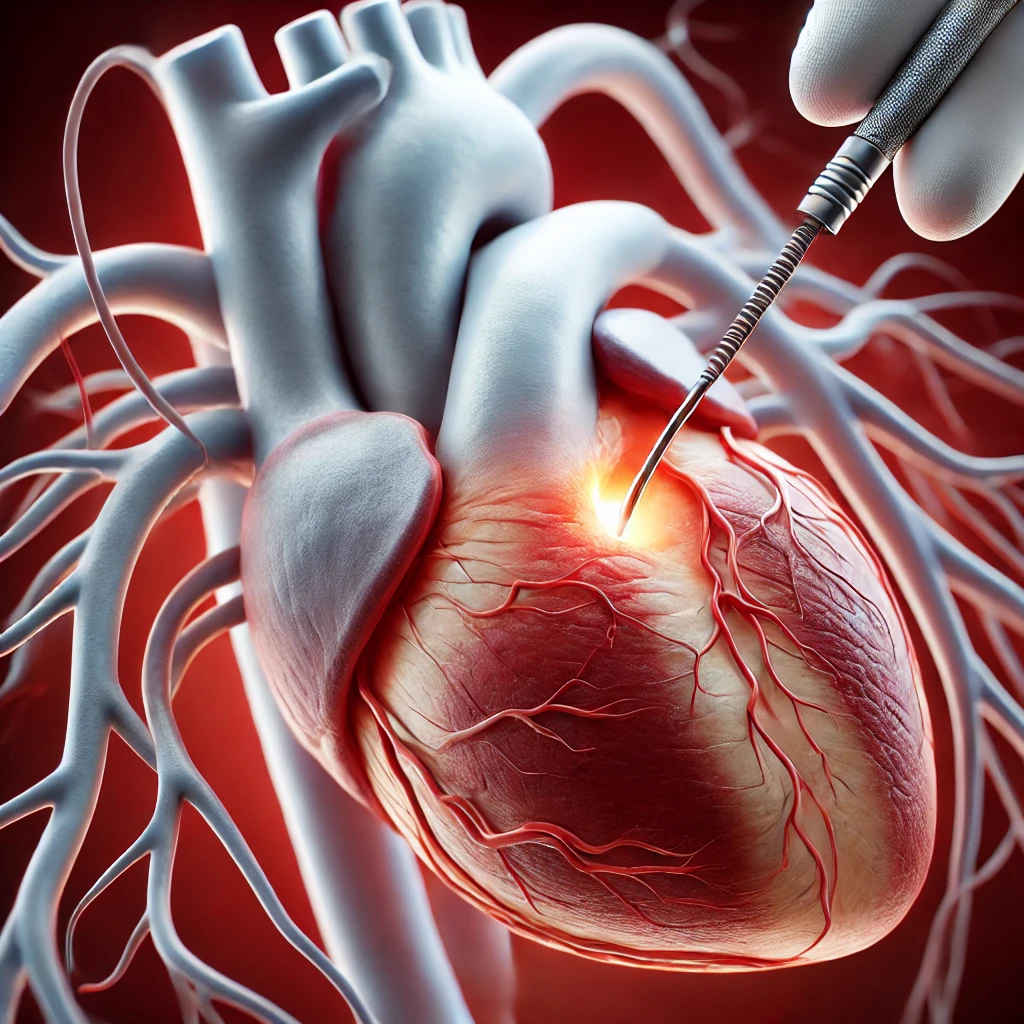What is Angioplasty? A Step-by-Step Guide to a Healthier Heart

Angioplasty might sound like a mouthful, but trust me, it’s a game-changer for anyone dealing with blocked arteries. When I first learned about it, I was amazed at how this relatively simple procedure can make such a huge impact on heart health. If you or someone you love has been diagnosed with coronary artery disease, understanding angioplasty can take away a lot of the anxiety. And you know what? It’s not as scary as it seems. Let’s dive in, and by the end of this article, you’ll know exactly what angioplasty is and what to expect if you ever need one.
What is Angioplasty? Understanding the Basics
So, what exactly is angioplasty? In simple terms, it’s a procedure designed to open up arteries that have become narrowed or blocked due to a buildup of fatty deposits (known as plaques). This buildup can cause a decrease in blood flow to vital organs, especially the heart, leading to chest pain (angina), shortness of breath, and even heart attacks.
There are a couple of different types of angioplasty, but the two most common are balloon angioplasty and stent placement. In balloon angioplasty, a small balloon is inflated at the site of the blockage to push the plaque against the artery walls, creating more space for blood to flow. In many cases, doctors also place a small wire mesh tube called a stent to keep the artery open long-term.
In short, angioplasty helps restore normal blood flow to your heart, reducing symptoms and preventing serious complications like heart attacks. It’s fast, it’s effective, and most importantly, it saves lives!
How to Prepare for Angioplasty
Preparing for angioplasty is a bit like getting ready for any major procedure, but with a few specific things to keep in mind. First, your doctor will likely run some tests to make sure angioplasty is the best option for you. These could include an ECG (electrocardiogram), blood tests, or even a coronary angiogram, which helps visualize the blocked artery.
You’ll also want to pay close attention to any instructions your doctor gives you about medications. If you’re on blood thinners, you might need to stop them a few days before the procedure. Certain pain medications or supplements may also be restricted. It’s always a good idea to double-check with your cardiologist, especially if you’re on multiple meds.
Another thing to prepare for is fasting. Typically, you’ll need to avoid eating or drinking anything for at least 6-8 hours before the procedure. And don’t forget to drink plenty of water the day before—hydration is key!
Step-by-Step Breakdown of the Angioplasty Procedure
Alright, let’s get to the heart of the matter (pun intended): what actually happens during angioplasty?
- Local anesthesia is used to numb the area where the catheter will be inserted, usually your wrist or groin.
- The doctor then inserts a thin tube called a catheter into your artery and carefully guides it to the blocked section.
- Once in place, a balloon-tipped catheter is inflated at the blockage site. This balloon pushes the plaque against the artery walls, creating more space for blood to flow.
- If needed, a stent is placed to keep the artery open after the balloon is deflated and removed.
- The entire procedure usually takes about an hour or two, depending on the complexity of the blockage.
During the procedure, you’ll likely be awake, but you won’t feel much beyond the initial prick for the anesthesia. Some people report feeling mild pressure or discomfort when the balloon inflates, but it’s over quickly.
Risks and Complications Associated with Angioplasty
Like any medical procedure, angioplasty comes with some risks, but the good news is that serious complications are rare. The most common issues are minor, like bruising or bleeding at the catheter insertion site. You might also feel a bit sore for a few days, but that’s totally normal.
In rare cases, more serious complications like restenosis (when the artery narrows again) can occur, especially if a stent isn’t placed. Blood clots are another risk, which is why doctors often prescribe blood thinners after the procedure.
That being said, following your doctor’s instructions carefully can drastically reduce your risk of complications. Don’t skip your follow-up appointments, take your meds as prescribed, and if something doesn’t feel right, call your doctor immediately.
Recovery After Angioplasty: What to Expect
Recovery from angioplasty is usually quick. In fact, most people are back on their feet within a few hours! You might need to stay in the hospital overnight for observation, but many patients are discharged the same day.
For the first few days, you’ll need to take it easy. Avoid heavy lifting or strenuous activities, and keep the catheter insertion site clean and dry to prevent infection. Your doctor will give you specific instructions on when you can resume normal activities, but expect to take about a week off from work, especially if you have a physically demanding job.
Long-term, the success of your angioplasty depends on you! Lifestyle changes—like adopting a heart-healthy diet, quitting smoking, and sticking to a regular exercise routine—are essential for keeping your arteries clear and your heart healthy. You might also need to take medications like blood thinners or statins to prevent future blockages.
Conclusion
Angioplasty is a powerful tool in the fight against heart disease, and understanding the procedure can make all the difference in your peace of mind. Whether you or a loved one is facing this procedure, knowing the steps and what to expect can help ease your fears. Remember, angioplasty is just one part of the puzzle; keeping your heart healthy requires ongoing care and lifestyle changes. So, stay informed, stay proactive, and always follow up with your healthcare provider for the best results. Your heart will thank you!



